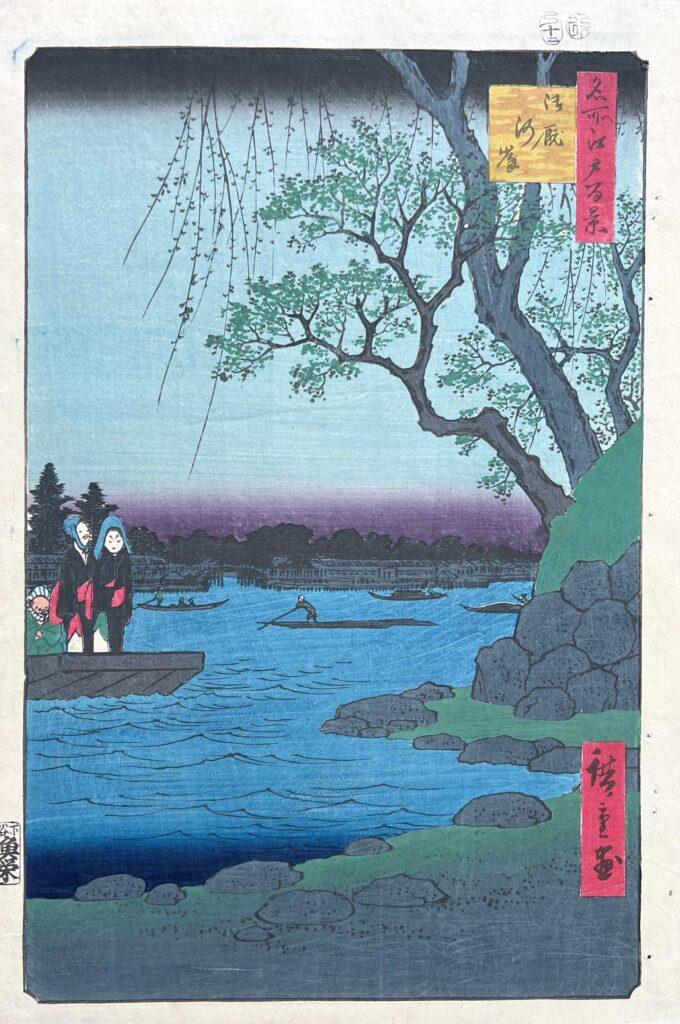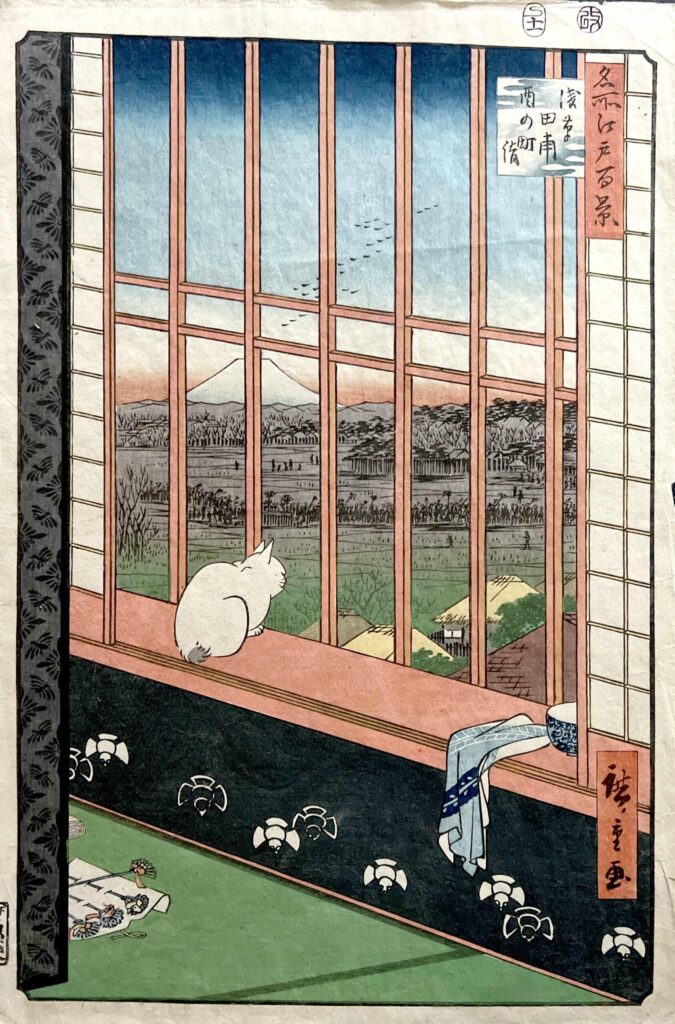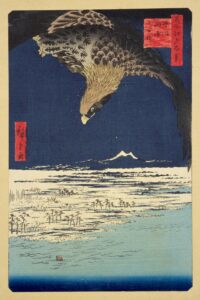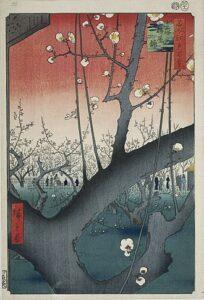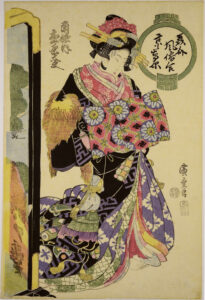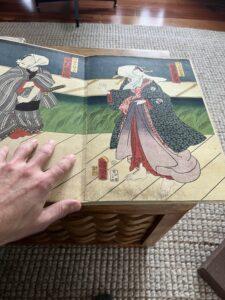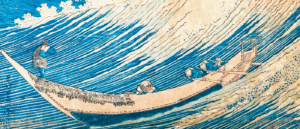Selling a Japanese woodblock print can be done through a variety of channels, including online marketplaces, art galleries, or auction houses. Here are some steps you can take to sell your Japanese woodblock print:
- Research: Start by researching the print and identifying the artist, title, edition, and condition of the print. This information can affect the value of the print and help you determine a fair selling price. Contact us at [email protected] and we will be happy to share with you the artist and title of your print.
- Determine the value: Once you have identified the woodblock print’s details (artist, title, age, etc), research the current market value of similar prints by consulting with experts, auction records, or art dealers. This information can give you an idea of what your print may be worth. com offers you a free consultation to determine your print’s worth.
- Choose a selling platform: There are many options for selling art, including online marketplaces such as eBay, Etsy, or Artsy, as well as auction houses and art galleries. Consider the pros and cons of each platform before deciding which one is best for you. You can sell directly with jpwoodblocks.com and list your print on our platform – avoiding the high fees associated with major auction houses.
- Set a price: Based on your research, set a price that reflects the value of your Japanese woodblock print. Be sure to factor in any fees or commissions associated with selling on your chosen platform.
- Market your print: Once you have chosen a platform and set a price, market your print to potential buyers by creating a detailed description of the print, including its history, condition, and any notable features. Include high-quality photographs of the print to help potential buyers see its details. Our exclusive buying and selling network gives you access to motivated buyers, without the exorbitant auction fees which can typically be 50% of the print’s value.
- Ship the print: Once you have sold your Japanese woodblock print, carefully package it for shipping to ensure it arrives safely to its new owner. Our exclusive art shippers are trusted, safe and secure.
But why choose a private company like jpwoodblocks.com over one of the big auction houses? Aren’t the big auction houses how everyone sells their fine Japanese prints?
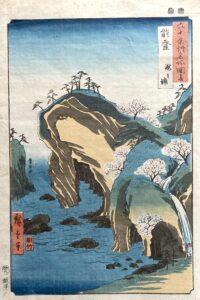
The costs of selling art with a major auction house typically include:
- Seller’s Commission fees: Auction houses charge sellers a percentage of the hammer price (the final sale price of the artwork) as commission fees. The percentage varies depending on the auction house and the value of the artwork, but it can range from 10% to 25% or more when selling your Japanese woodblock print.
- Buyer’s Commission Fees: Many people don’t realize that major auction houses charge both the buyer AND the seller. This means they are making commission on both sides of the deal! The Buyer’s premium is often times 30% of the hammer price of the woodblock print.
- Photography and catalog fees: The auction house may charge fees for photographing the artwork and producing a catalog entry, especially for high-value items.
- Insurance fees: The auction house may require the seller to insure the artwork during transit and while it is in their possession, which can add to the cost.
- Transport and handling fees: If the artwork needs to be transported to the auction house, the seller may need to pay for transport and handling fees.
- Reserve fees: The auction house may charge a fee for setting a reserve price, which is the minimum price at which the artwork can be sold. This fee may be a percentage of the reserve price.
It’s important to note that these fees can add up quickly, especially for high-value artworks. Before selling art with a major auction house, it’s important to carefully consider these costs and factor them into your expected proceeds from the sale. When all is said and done, the final price that is paid via both the buyer and seller can be 50% higher than the hammer price you see! So, consider how you are selling your art prior to jumping right in with a major auction house. Contact us first for a free and honest asssessment.
